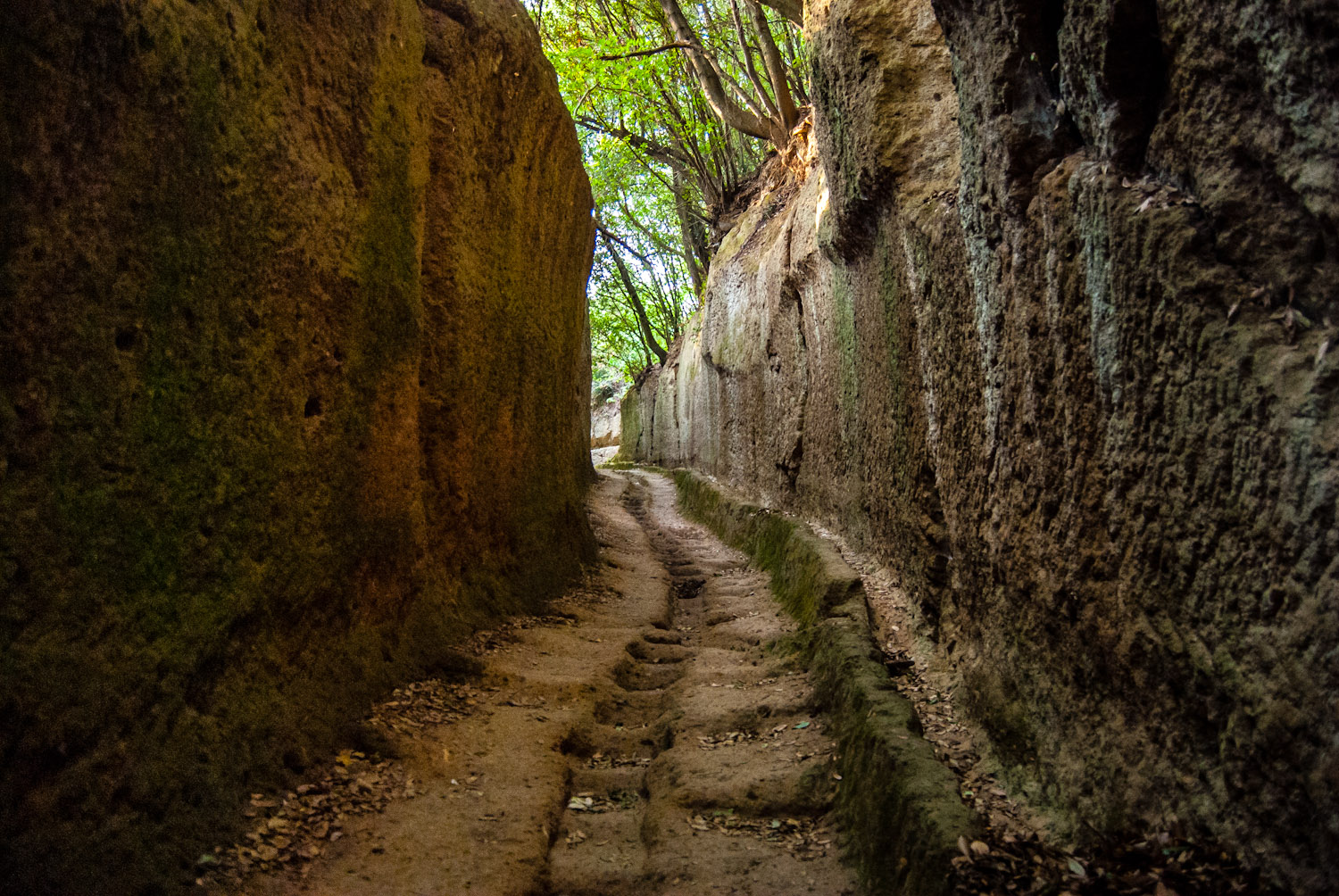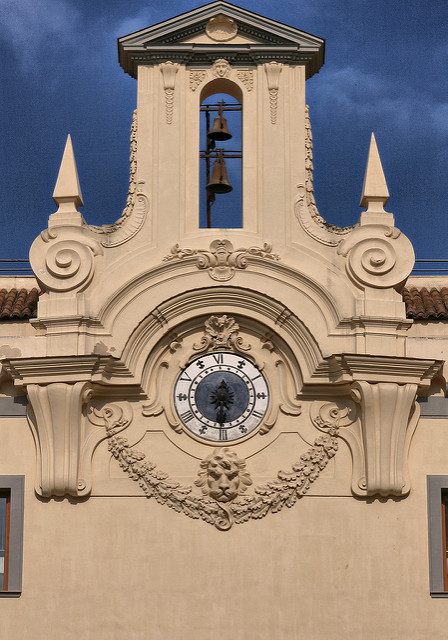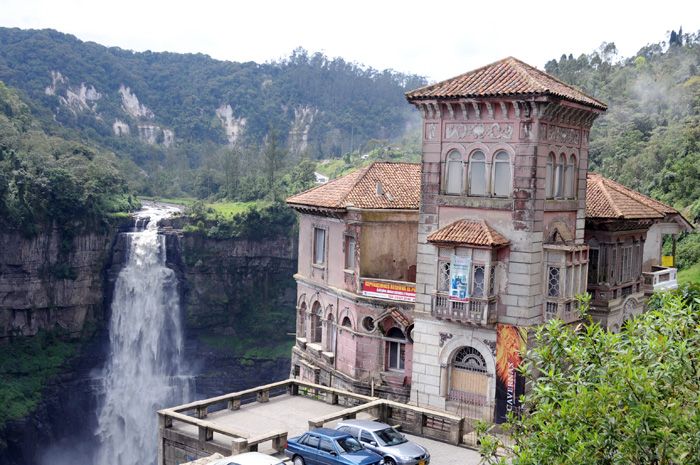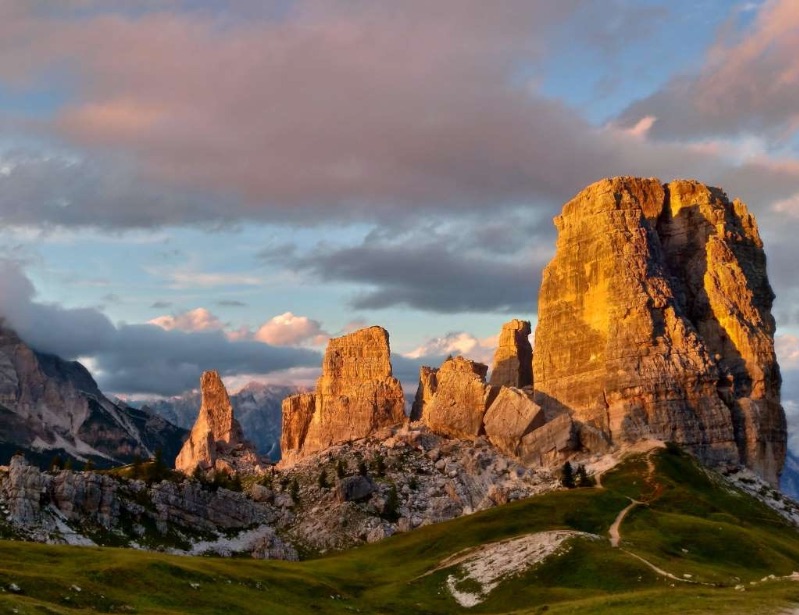The Grotta delle Vie, not far from Siena, near the town of Pitigliano, is on the list of the most unusual and curious activities to do in Tuscany. It is a network of paths incredibly dug deep into the tufa by the ancient Etruscans to be traveled by those who love hiking in uncommon scenarios. They are the so-called Vie Cave. The Etruscans, although they were often seen by their contemporaries as an immoral people, perhaps simply because they had a different culture, were men able to make the most of the territory that was in front of them. They had, in fact, a great ability to adapt to the situations and environments in which they lived. If we look at the settlement of Tarquinia, for example, the tombs were completely different from those we find here in the Upper Maremma. So different that you might think they were made by different peoples.
Why this diversity? In the territory of the Alta Maremma there is a peculiar element that accompanied the life of the Etruscans in all its phases: tuff. We find ourselves in front of a volcanic rock generated by eruptions dated around one million and four hundred thousand years ago from the volcano situated in the present Bolsena Lake. We must not forget that in those years, the area was considered the largest volcanic basin in Europe and permeated by fervent volcanic activity.
This rock was immediately the protagonist in the daily life of the ancient people. It is a heterogeneous rock, friable and very light, therefore easy to shape and transport.
The inhabitants of 2500 years ago made of this rock their main wealth: they began to easily dig its bowels to build houses, shelters for animals and of course funerary places to bury their dead or the sacred roads of communication object of this investigation.
The Vie Cave were not built along natural drainage channels, as may appear to a less experienced eye, but are totally artificial excavations dictated by other purposes.
The excavation technique refers back to the Egyptian people. They dug "in the rock a series of holes that were then filled with a large wedge of dry wood and then filled with water. The effect of the swelling of the wood made a piece of rock jump and by repeating the operation an infinite number of times, it was possible to obtain large cuts that were then smoothed and smoothed with a pickaxe…".













